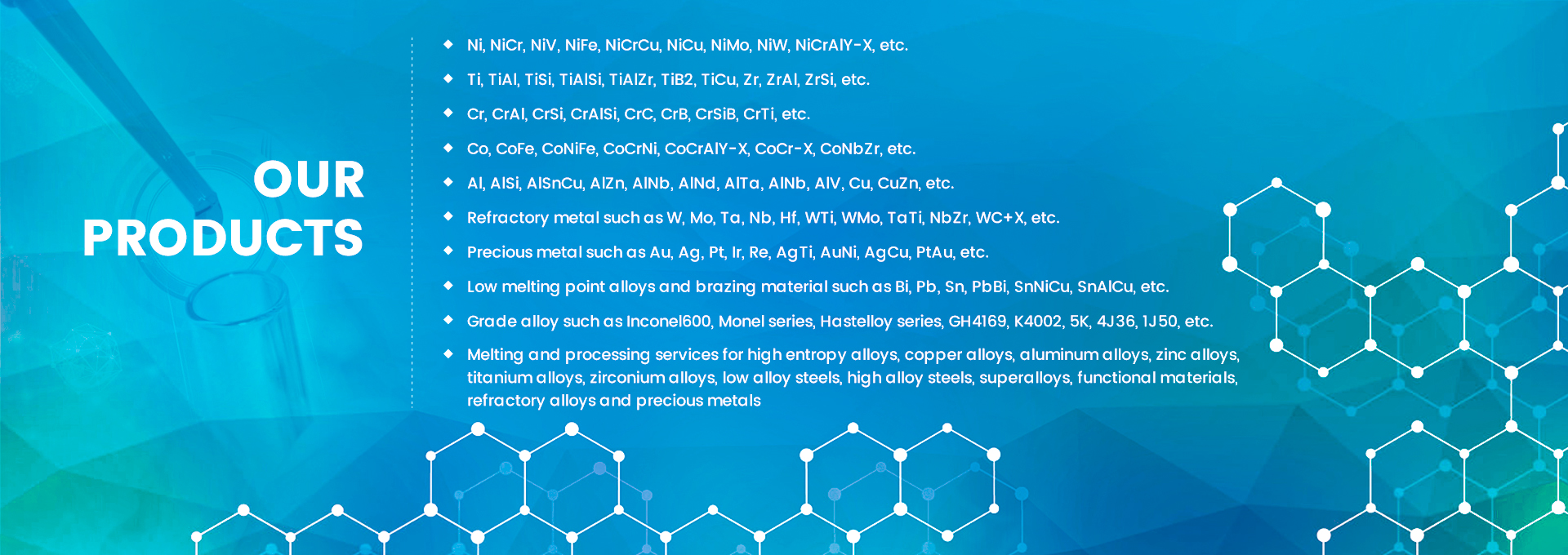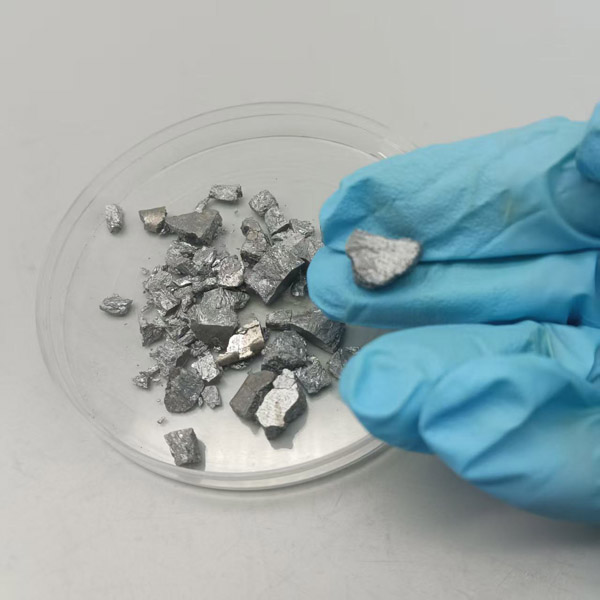Nickel disilicide particles, as an important intermetallic compound, have garnered significant attention in the fields of microelectronics and materials science in recent years. This article will provide a comprehensive analysis of their properties, preparation methods, application scenarios, and common misconceptions, along with practical guidelines to help readers fully understand this material.
Properties of NiSi₂ Particles:
1.1 Crystal Structure and Physical Properties
Nickel disilicide particles have a cubic crystal structure with a space group of Fm-3m and a lattice constant of approximately 0.541 nm. Their density is 5.6 g/cm³, and they have a high melting point of 993°C, along with excellent electrical conductivity, making them suitable for contact materials in microelectronic devices.
1.2 Chemical Stability and Corrosion Resistance
At room temperature, Nickel silicon compound particles are relatively stable, but they may react with oxygen or water at high temperatures. Their corrosion resistance performs well in specific environments, making them applicable to various industrial applications.
Preparation Methods for Nickel Disilicide Particles:
1. Chemical Vapor Deposition (CVD)
CVD is a commonly used preparation method, where a nickel film is deposited on a silicon substrate and then heat-treated to form nickel disilicide particles. This method allows precise control over particle size and distribution.
2. Solid-State Reaction Method
The solid-state reaction method involves mixing nickel and silicon powders and reacting them at high temperatures to produce nickel disilicide particles. This method is simple but requires strict control of reaction conditions to avoid impurity formation.
3.Nanoparticle Preparation
Nanoscale metal silicide particles particles have become a research hotspot due to their unique quantum and surface effects. By improving preparation techniques, higher-performance nanoparticles can be obtained.
Application Scenarios for Nickel Disilicide Particles
3.1 Microelectronic Devices
Nickel disilicide particles are widely used as contact materials in silicon-based devices due to their low resistance and excellent thermal stability. For example, in transistors and integrated circuits, they effectively reduce contact resistance and enhance device performance.
3.2 Catalysis
In certain chemical reactions, Nickel silicon alloy particles exhibit excellent catalytic performance. For instance, they significantly increase reaction rates and selectivity in hydrogenation reactions.
3.3 Materials Science Research
Nickel disilicide particles also play an important role in materials science research. Studying their synthesis and properties can drive the development and application of new materials.
How to Prepare High-Performance Nickel Disilicide Particles?
Step 1: Material Preparation
Prepare high-purity nickel and silicon powders, ensuring no impurities.
Step 2: Uniform Mixing
Mix nickel and silicon powders in the correct ratio to ensure even distribution.
Step 3: Reaction Condition Control
Conduct solid-state reactions in a high-temperature furnace, strictly controlling reaction temperature and time.
Step 4: Post-Processing
After the reaction, perform cooling and post-processing to obtain high-purity nickel disilicide particles.
Step 5: Performance Testing
Conduct physical and chemical performance tests on the prepared particles to ensure they meet application requirements.
Comparative Analysis: CVD vs. Solid-State Reaction Method
| Item | CVD Method | Solid-State Reaction Method |
|---|---|---|
| Control Precision | High | Medium |
| Equipment Cost | High | Low |
| Applicability | Thin films, nanoparticles | Bulk materials |
| Reaction Conditions | Complex | Simple |
| Impurity Control | Easy | Difficult |
Nickel disilicide particles, as a crucial functional material, have broad application prospects in various fields. By optimizing preparation processes and interface engineering, their performance can be further enhanced. We hope this in-depth analysis and practical guide provide valuable insights for readers.
Post time: Jun-06-2025






